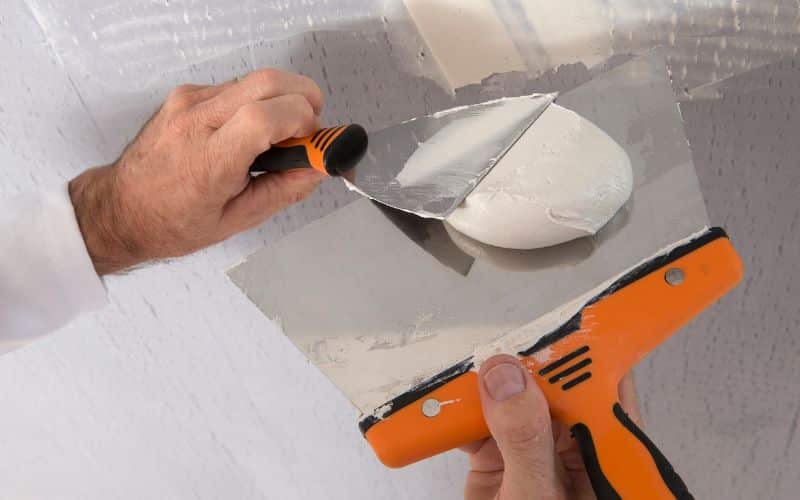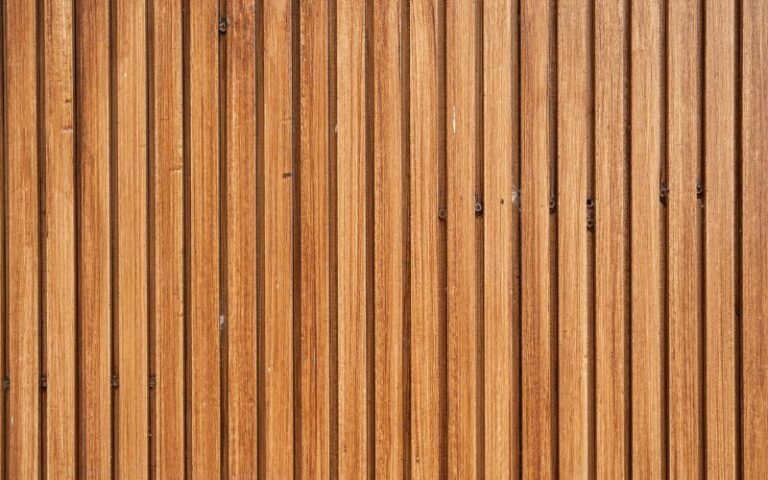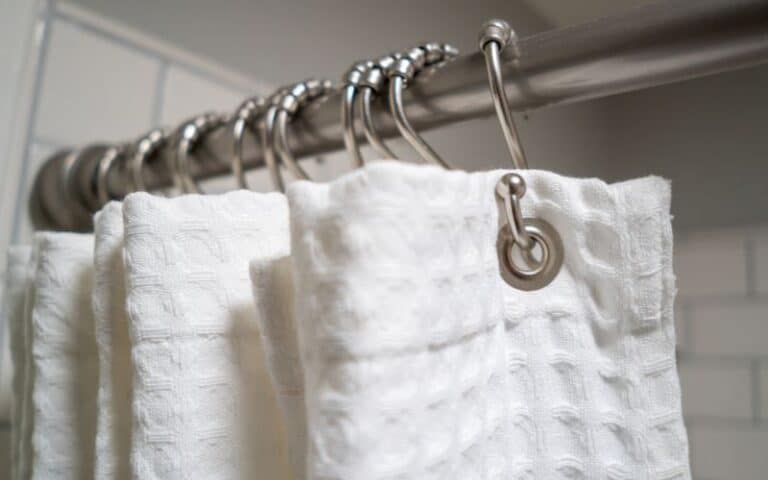The finishing of a building improves its aesthetics. You can apply the structolite plaster to your building to improve the finishing touches and create a look of grandeur.
When applying your finishing, you should consider the time it takes to dry, affecting the overall process.
So, most people are eager to know the drying time of structolite since it determines the speed of a building project when applied.
Structolite has an average drying time of about 24 hours. This drying time can differ depending on the nature of the plaster. If the structolite plaster is too thick, it will take a longer time to dry, and also, when the structolite plaster is less thick, it takes a shorter time.
In this article, you will find out how long it takes the structolite to dry and when you can paint after applying the structolite.
That’s not all, you will also find out how structolite dries.
Ready for a Drywall Quiz?
How Long Does Structolite Take to Dry?

It takes about an average of 24 hours for a structolite to dry. The time taken for a structolite to dry depends on some essential factors.
These factors include:
- The nature of the plaster after mixing your structolite with water.
- Where you apply it in the building; i.e., inside of the building
- The nature of the atmospheric air.
The nature of the constituted structolite plaster has a lot to tell with the time it will take to dry. When the plaster is too thick, it will take longer to dry.
Also, when the paste is lighter, the shorter the time it will take to dry—because the particles have more contact with the drying agent than when the plaster is too thick.
Where you apply the structolite plaster determines how fast it will dry.
For instance, when you apply the paste outdoors, it will take faster to dry than when you apply it indoors.
It has the same reason for the structolite particles having more contact with the drying agent when outdoors than when you apply it indoors.
The nature of the atmospheric air has a major role in the rate and time it will take for your structolite to dry.
When the atmosphere is moist or damp, it will take longer to dry because more water vapor is present in the atmosphere.
Whereas, when the atmosphere is dry, that is to say, it’s devoid of excess moisture, or it is a sunny day, the structolite paste tends to dry even faster than the average 24 hours.
How Does Structolite Dry?
You dry structolite by exposing it to the appropriate temperature of at least 55 degrees Fahrenheit and adequate air circulation within the room.
The temperature helps facilitate the togetherness of the structolite particles, whereas the adequate circulating air helps to fast-track the drying time of your structolite.
The composition of structolite plays a major role in how it dries.
Structolite manufacturers make structolite from a combination of some chemicals mixtures such as
- Plaster of Paris (Calcium sulfate hemihydrate)
- Perlite
- Calcium sulfate
- Dolomite
And also with the addition of impurities such as:
- Crystalline silica (Quartz)
For instance, structolite Basecoat is perlite-aggregate gypsum plaster. This type only requires adding water for it to be ready for usage.
When you add water to the structolite as the only additive before it’s ready to use, the shorter the time it will take to get dry. It is a highly insulated plaster.
It is worthy of note that gypsum plaster does not need to cure as concrete. It only takes a few hours for it to set. You can as well watch it set right before your eyes.
You will see it change color; that is to say, it may become darker, signifying that it is dry and ready. There is a way you can prove to know that your structolite is dry.
It is the shade tree mechanics way, which you do by taking a match and striking it against the wall. If it produces light, then it shows that it is dry.
However, if it does not produce light, it still needs more time to be fully dried and ready. Heat also works well to get your structolite plaster dried.
It is good you know that alum will make your structolite set faster but has no known drying effect.
It does not stand moisture; hence it is not a good material around showers.
It would be best to stick with Portland cement plaster when working in wet conditions.
When Can I Paint After Applying Structolite?
You can paint at least after 30 days of applying structolite. Painting after 30 days is good because conventional plasters, such as structolite, need a curing time of 30 days before painting.
Applying paint on a structolite after 30 days sticks better because it is only when the structolite is properly dry that it can hold paint.
However, when you apply your paint earlier than the stipulated time, you risk wasting your paint, and the wall won’t hold the paint properly.
USG structolite plaster is a lightweight, conventional gypsum plaster that complements various household designs when mixed with water.
It’s durable when you apply it on ceilings and walls. The structolite basecoat plaster is one of the lightest among the various USG plasters available.
And the structolite is great for areas where aggravate are unavailable.
The structolite Basecoat is half as heavy as sanded basecoat plaster and provides thermal conductivity.
However, you can apply it using a machine or your hand on gypsum, metal lath, cinder blocks, concrete, clay tile, and other approved surfaces.
Applying your structolite Basecoat makes your work lightweight and has a high thermal conductivity in conventional plaster applications.
The structolite conventional plaster system provides a top-notch finish and can create complex high-end surfaces such as vaults, columns, and domes.
The end appearance and finished work of the structolite feature excellent acoustic performance, increased abuse resistance, design flexibility, and fire resistance.
It has the best system to attain a uniform, smooth, blemish-free surface with excellent wear resistance.
However, with all these merits mentioned, some demerits are still associated with using structolite.
Below in the table are the pros and cons associated with the use of a structolite:
| Pros | Cons |
|---|---|
| There are no shrinkage cracks | You can apply it in damp areas |
| It is a high-performance plaster | It is expensive compared to traditional cement plaster |
| It offers better acoustic | You can’t use it in high humidity, weather, and moisture areas. |
| It incurs low water usage. | |
| It saves construction time. | |
| It is very light in weight. | |
| The plaster offer ease of application | |
| It is fire-resistant. | |
| It has better heat insulation. | |
| It easily gains a smooth finish. |
Is Structolite Recoat Faster than Dry Time?
The structolite recoat is faster than drying time. You do a recoat when the initial plaster has been aerated and is not necessarily dry.
In structolite, the dry time is about 24 hours, but when you want to recoat, the time is lower than the drying time.
Some factors make structolite recoat faster than drying time, such as
- The time taken to do a structolite recoat has a lot to play. It requires at least 30 minutes to one hour before recoating.
- Different plasters had their own time taken to dry and get ready for a recoat.
- The temperature should be at least 72 degrees Fahrenheit which is optimal
- For best drying conditions, you should maintain a 40-50 percent humidity level.
Final Thoughts
Structolite has a drying time of at least 24 hours which makes the plaster ready for recoating and painting afterward.
You dry structolite by exposing it to the appropriate temperature and good air circulation. Watch out for a change in color to check when it is dry.






